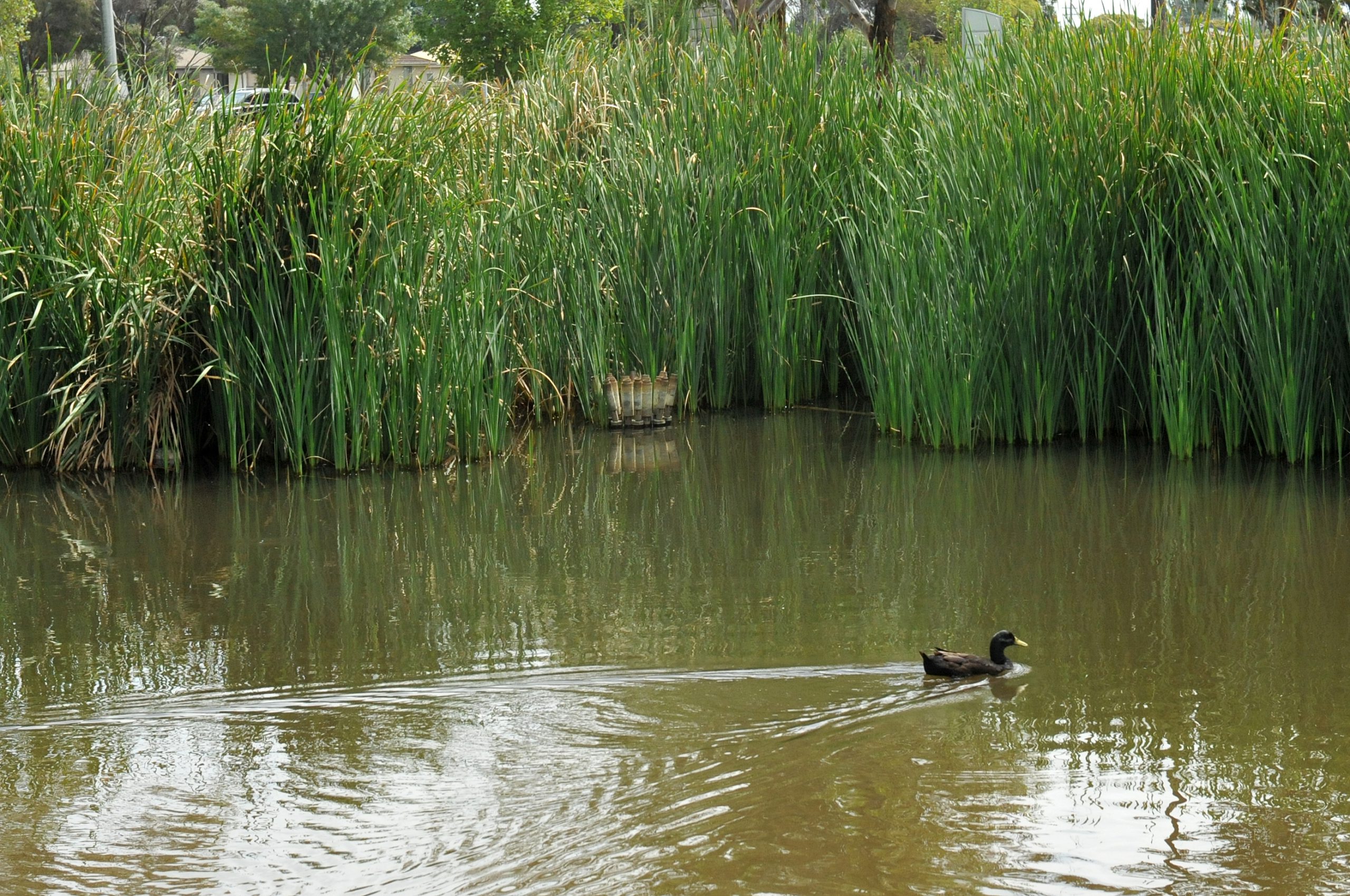Michelle Slater
Gippslanders are playing a key role in helping to eradicate infestations of European carp in local waterways and stakeholders will meet in Traralgon to discuss a localised plan of attack.
The National Carp Control Program is researching the potential release of a deadly herpes virus that only kills carp.
NCCP Victorian director Craig Ingram said the introduced pest species was particularly problematic around the Gippsland Lakes and catchment areas but was evident throughout the region.
He said key stakeholders, local governments and authorities would meet in Traralgon in the next month to look at how the virus would be managed locally.
“Gippsland is definitely a carp hotspot. We have a high density carp population and in some areas we will need to remove dead fish so we don’t have water problems,” he said.
“If we get thousands of dead fish then the community needs to know there is a strategy to remove them so we are working on a regional level before any decision is made to release the virus.”
Parks Victoria removed 30 tonnes of carp from the Sale Common Nature Conservation Reserve in June to avoid a potential black water event.
The carp were sent to a NSW rendering plant to be processed into fish meal and fish oil in a trial to see how carp biomass could be used for different nutrient applications.
“If we have large amounts of carp kills we need to work out how we can get them out of the waterways and have an end use for them,” Mr Ingram said.
“We found the carp rendered quite well.”
He said another Victorian company was looking into turning dead carp into compost.
“Like any pest species, carp have a big impact and they are not easy to control. We have had commercial fishing in Gippsland using electro-fishing,” Mr Ingram said.
“But this did not significantly reduce their populations to a large extent.”
Mr Ingram said European carp had dramatically changed Australian waterways through their feeding habits of sifting and filtering through mud which increased the turbidity of the water.












